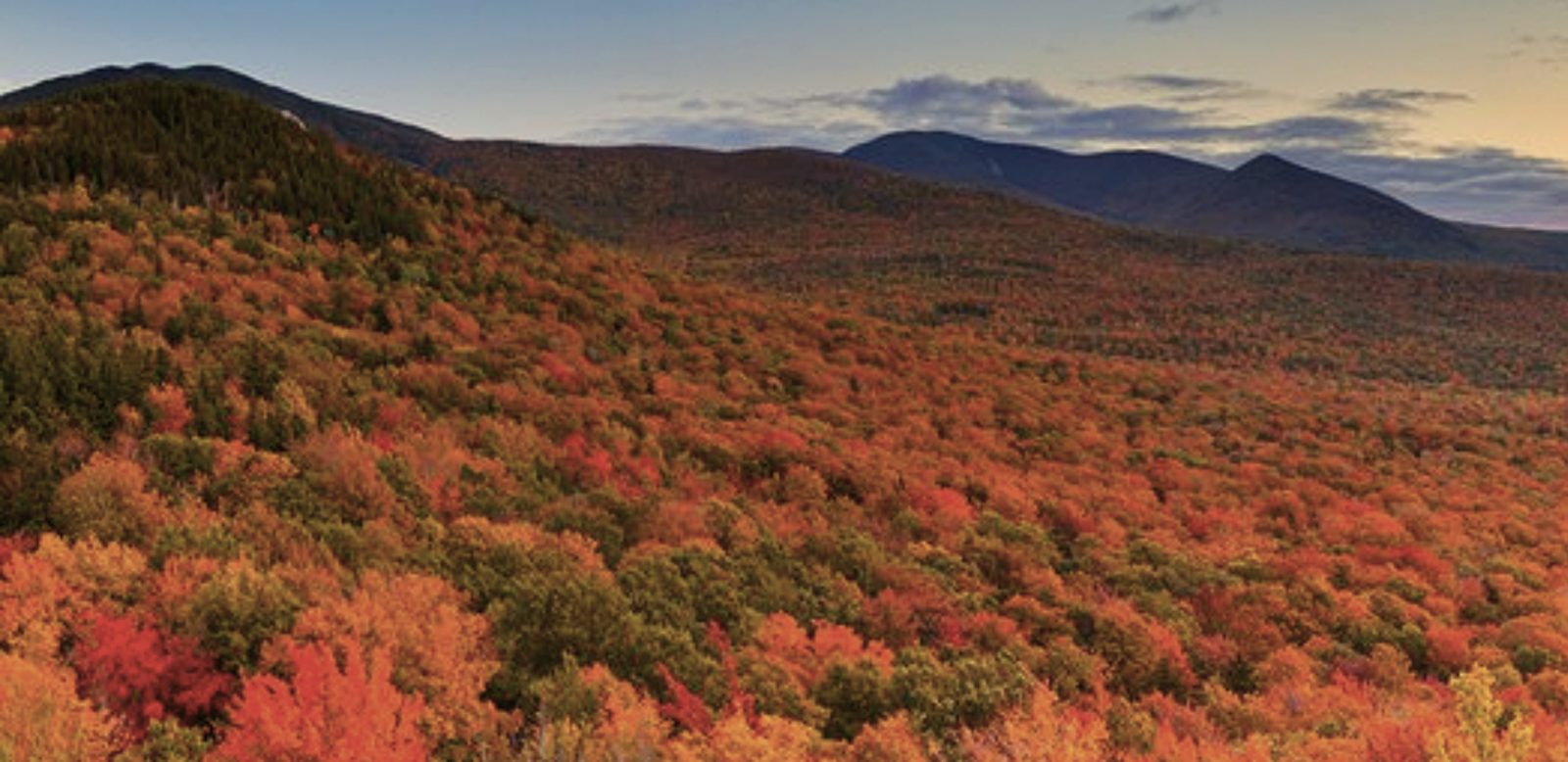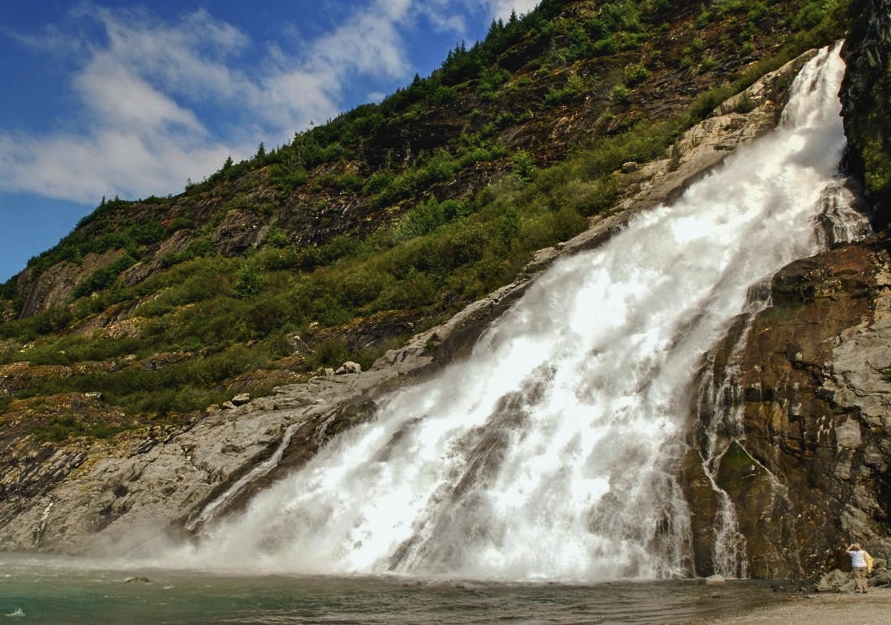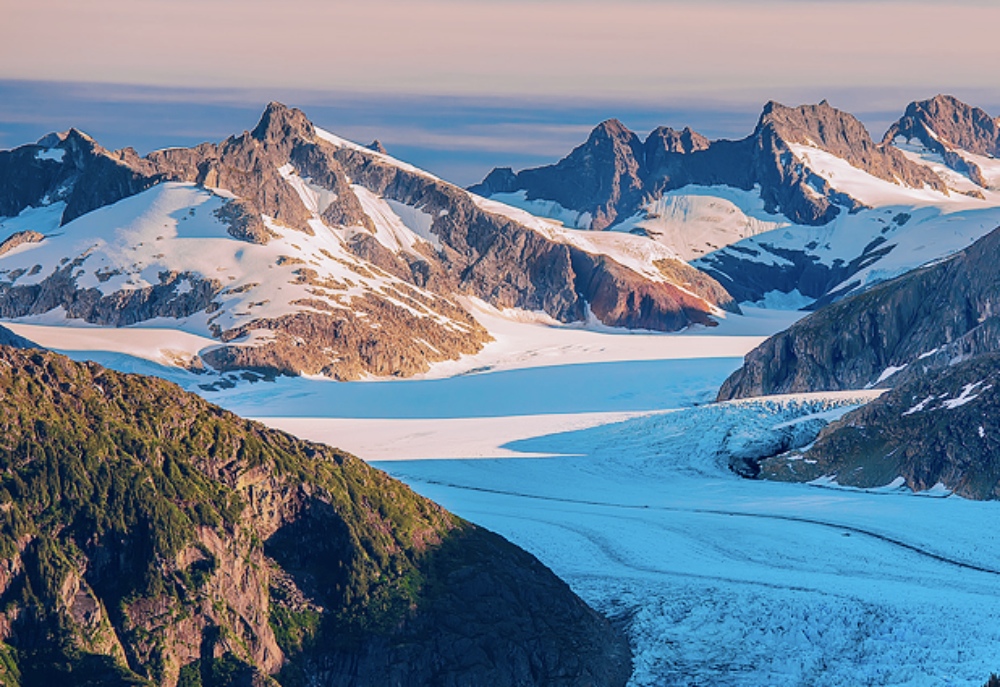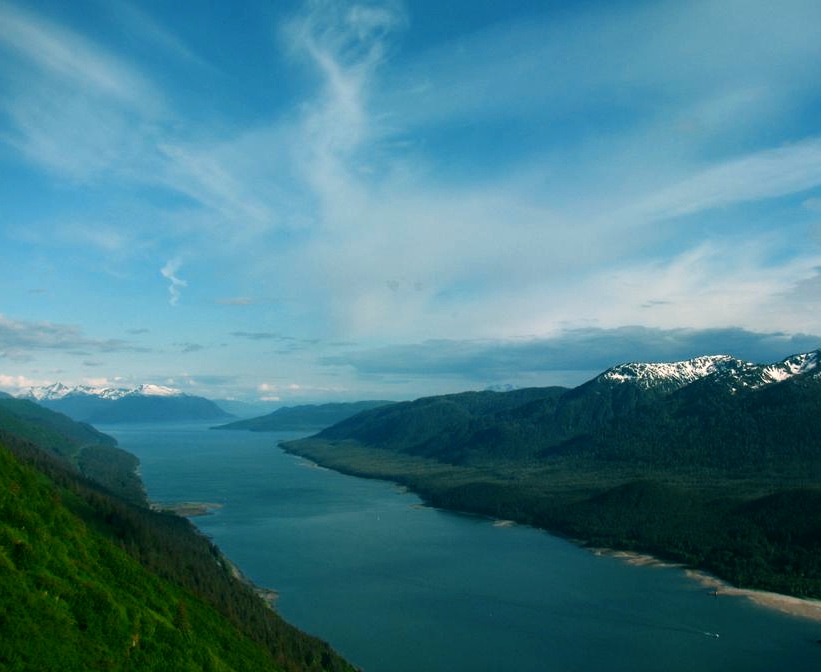
The native Tlingit Indians named the glacier Sitaantaagu: The Glacier behind the Town or Aak’wtaaksit: The Glacier behind the Little Lake. In 1888, the glacier was named Auke Glacier by naturalist John Muir. Finally, in 1891, it was renamed Mendenhall Glacier in honor of the noted American scientist Thomas Corwin Mendenhall.
Located approximately 12 miles from downtown Juneau is one of the most easily accessible glaciers to visitors and is one of nearly 40 glaciers that flow from the Juneau Icefield. This icefield covers more than 1,500 square miles and runs all the way from the Taku River to the town of Skagway – a distance of approximately 90 miles. From the Juneau Icefield, the Mendenhall Glacier extends to its ending point at Mendenhall Lake.
The real beauty of the glacier lies beneath it in the form of ice caves. One waterfall adjacent to Mt. McGinnis, surges and glides under the edge of the glacier, where, over thousands of years, it has carved vast caves through the ice. Its amazingly deep turquoise hue is the result of the ice absorbing all colors of the spectrum except blue, which it reflects back.

The glacier is a popular destination for visitors from around the globe, attracting around 500,000 visitors a year, not only for its spectacular beauty but because it is a confirmation of the effects of global warming. Scientists believe the glacier has been receding since the 1700’s. Due to climatic conditions and human activities, the ice is melting at a faster pace, at a rate of 30 feet a year, threatening the ecological system of this area. For the people in this region, the glacier represents their main freshwater source, and the rapid retreat of the glacier is endangering their main source of water.
A few facts about the glacier:
- The glacier and its surroundings are protected as the 5,815 acre Mendenhall Glacier Recreational Area, a federally designated unit of the Tongass National Forest
- It is the remnant of the ‘Little Ice Age’ over 3000 years ago
- The glacier melting process is known as ‘calving’ which causes large pieces of ice to break off from the glacier, forming icebergs on the Mendenhall Lake
- There are remnants of a long buried ancient forest, it is said that it’s more than 1,000 years old and is now being exposed due to the melting of the glacier
- The natural habitats of various fauna and the landscape constantly keep changing due to the continuous motion of the glacier
Visiting this natural phenomena was the experience of a lifetime. But I fear due to the effects of global warming, it may soon become one of the extinct wonders of the world.
Comments
Powered by Facebook Comments




